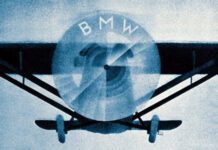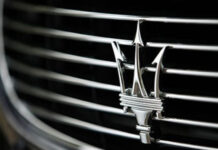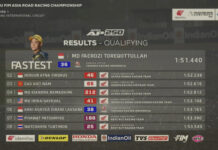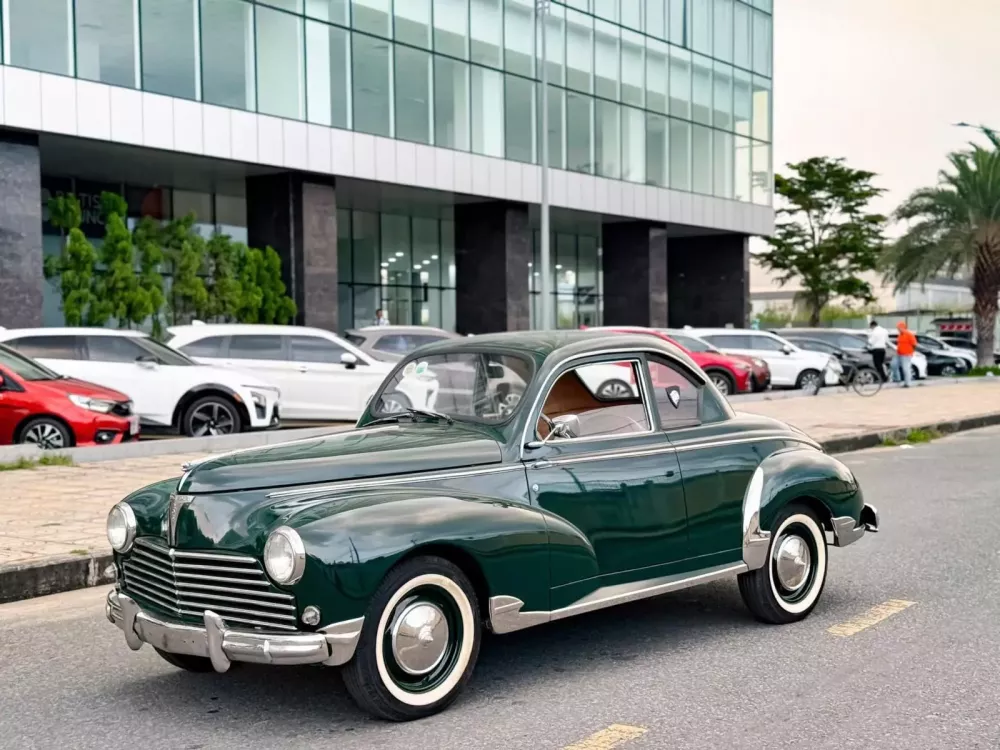Peugeot 203: A Classic Car with a Lasting Legacy
The Peugeot 203, introduced over 70 years ago, has left an indelible mark on the global automotive scene, with its design and influence still resonating strongly among enthusiasts worldwide, including in Vietnam, where these cars command high prices, often ranging from half a billion to over a billion Vietnamese Dong.
Recently, a rare 1954 Peugeot 203 Coupe A Vendre surfaced in the market, with the seller claiming it to be the only one of its kind in Vietnam. Painted in a striking green, this particular model stands out even among the diverse range of Peugeot 203s found in the country.
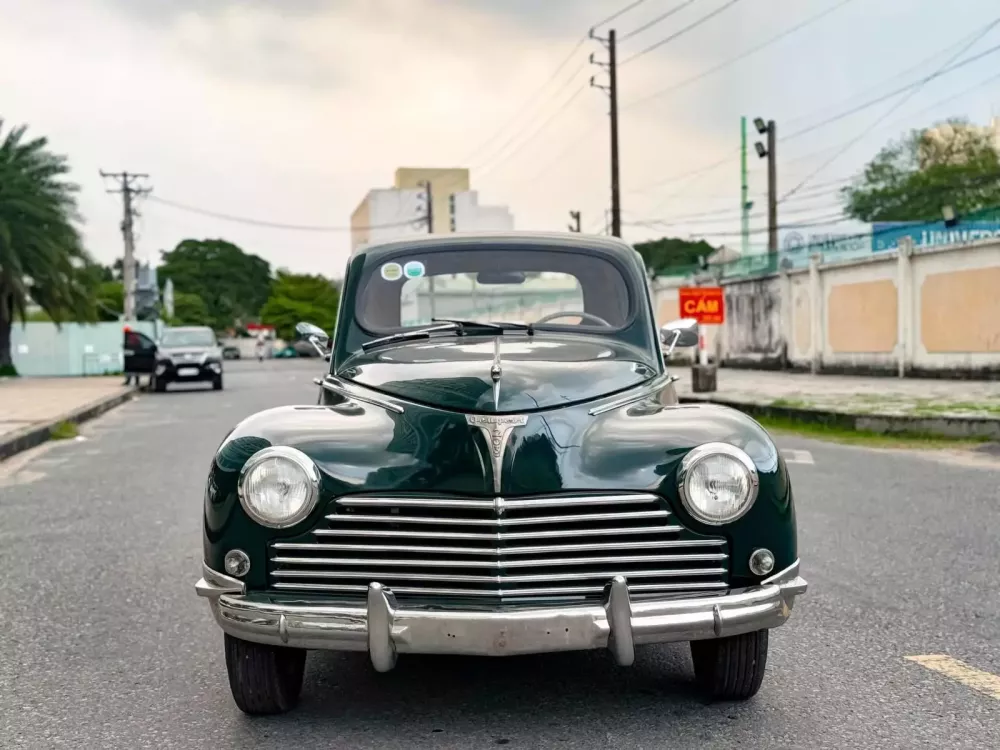
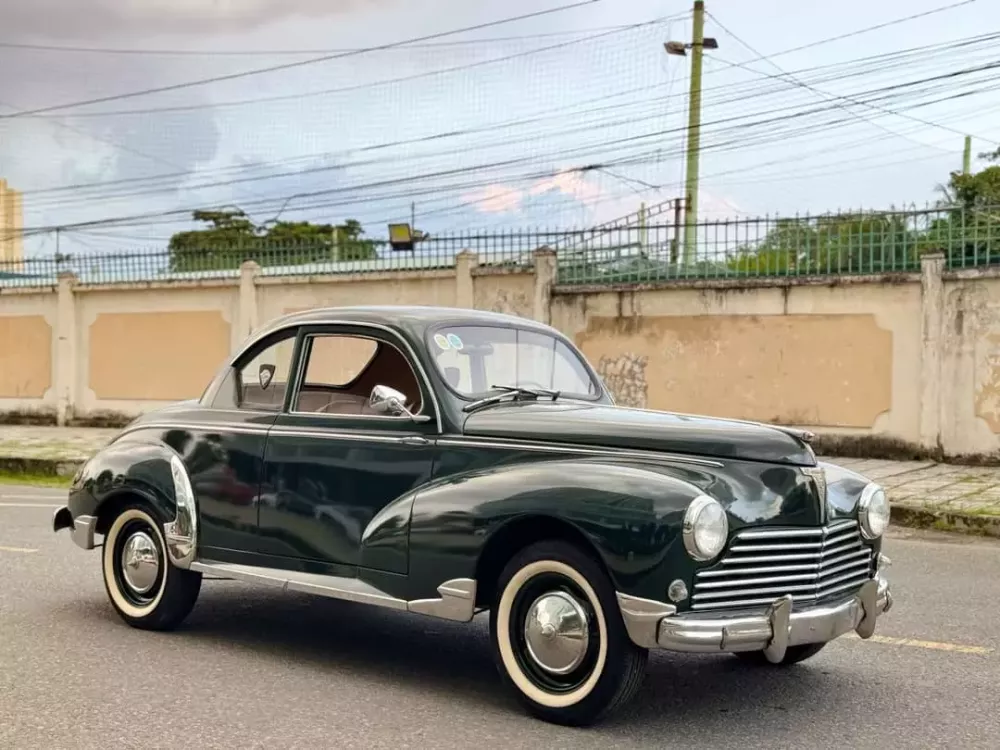
The Peugeot 203 caused quite a stir in France upon its release. In a bold move, the upcoming model was heavily featured and advertised on the back page of a sales leaflet distributed to potential buyers of the Peugeot 202 in October 1947, almost a year before the 203 would become available.
This created a significant amount of pent-up demand, and when the 203 finally hit the market, its practicality, pricing, and reliability proved to be a massive draw for drivers.
By 1950, 200 units were rolling off the production line each day, and that year, the 203 achieved domestic sales of 34,012 units, capturing 19.5% of the French automobile market, second only to the much smaller and cheaper Renault 4CV.
This domestic success was soon followed by strong export figures, particularly to West Germany.
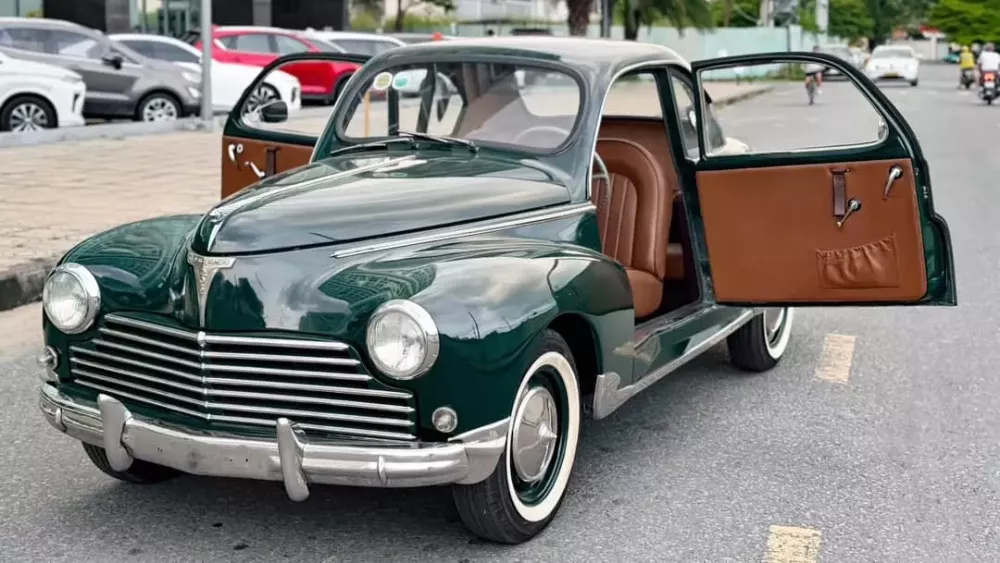
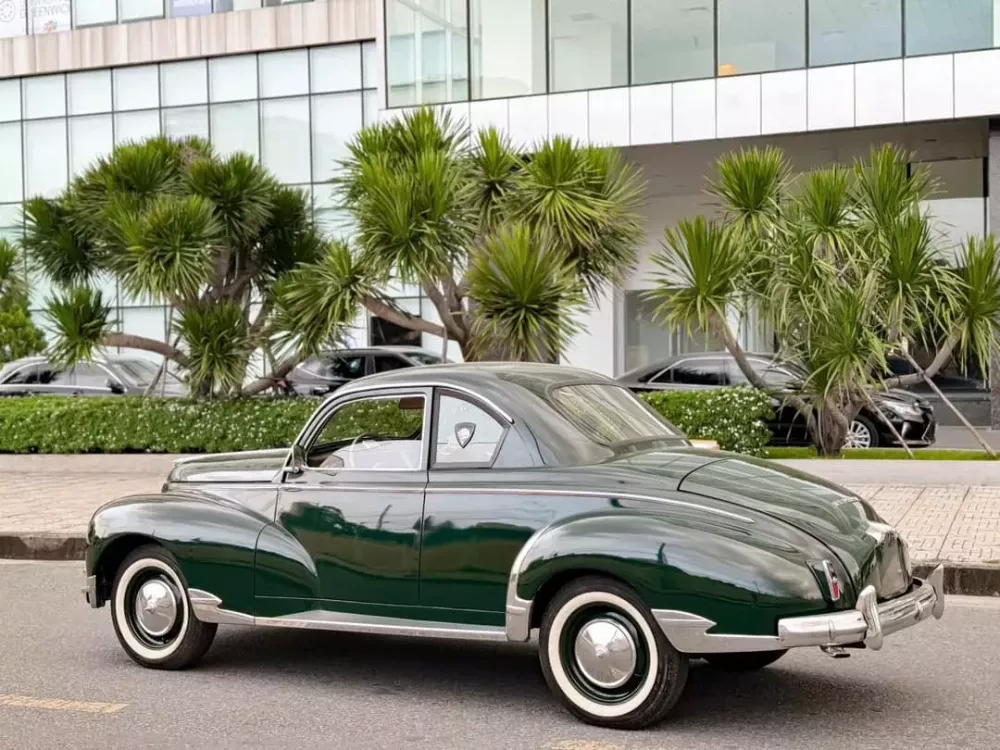
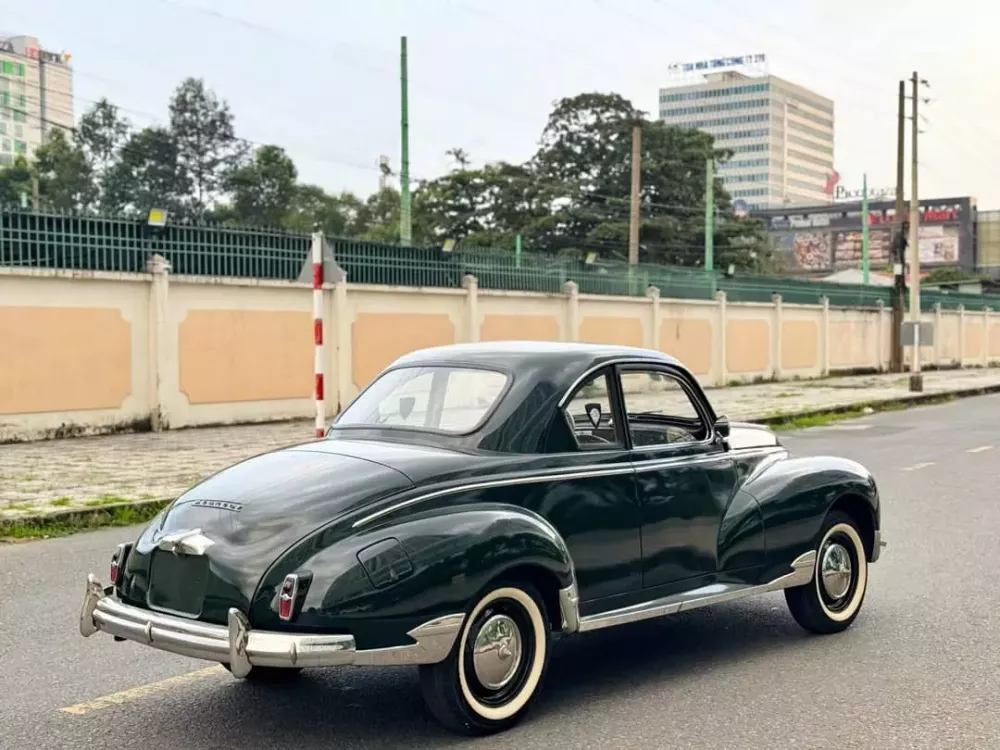
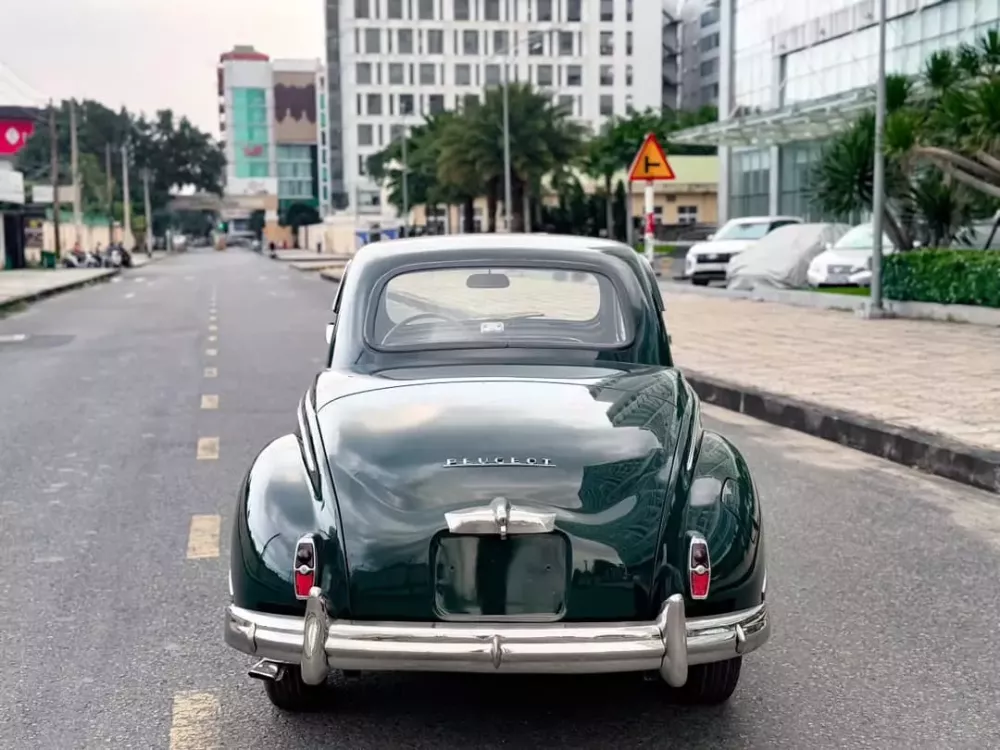
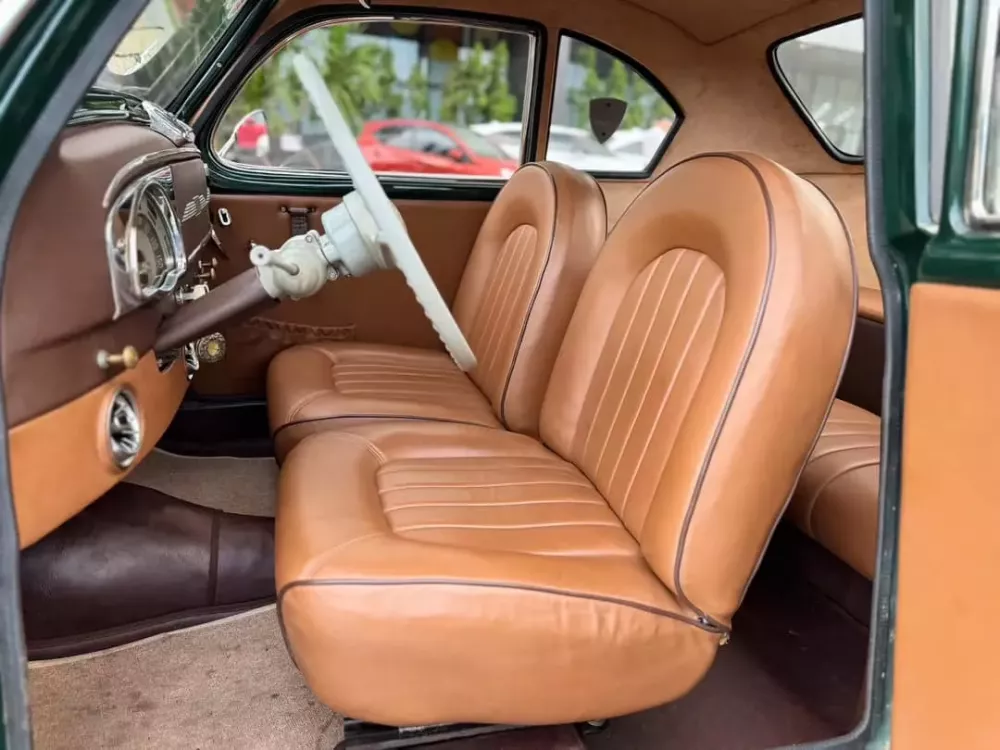
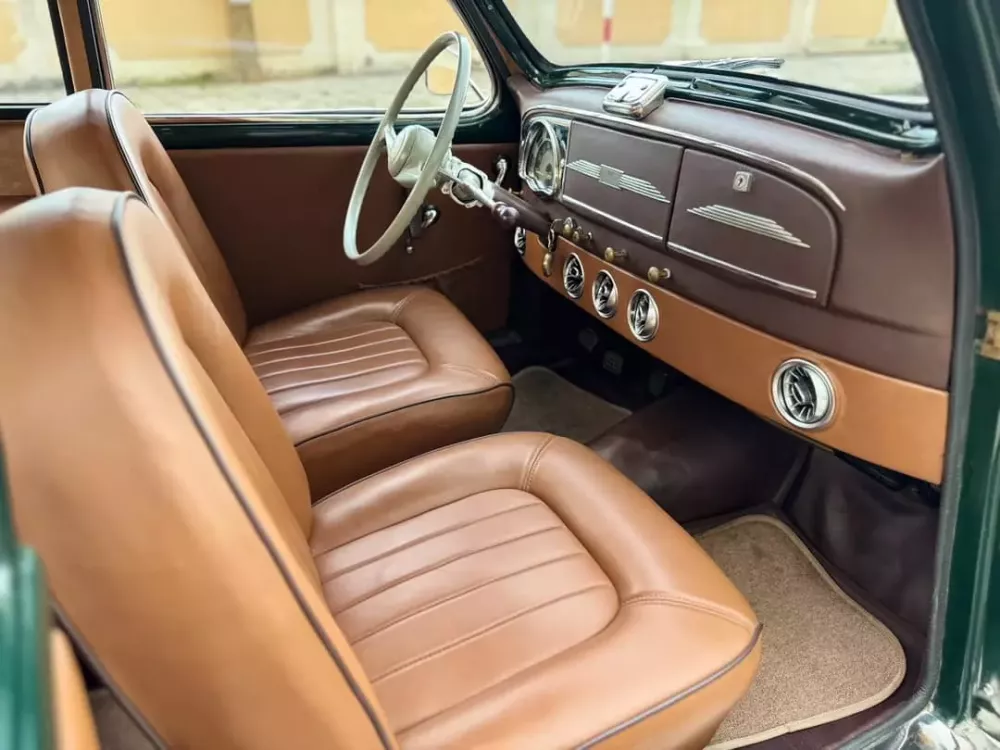
Under the hood, the Peugeot 203 boasted a 1290 cc four-cylinder engine with an unusual ‘square’ cylinder configuration, notable for its hemispherical combustion chambers incorporated into the lightweight alloy cylinder heads. At launch, it produced 41 horsepower, which was increased to 44 horsepower in 1952 for the Paris Motor Show in October of that year.
Peugeot assured customers that this power boost did not affect fuel economy or vehicle taxation, which was based on engine size. Top speed also increased accordingly, from 71 to 75 mph. Acceleration from 0-60 mph took 20 seconds, and fuel consumption ranged from 29 to 44 mpg. The four-speed manual transmission was column-mounted, with power sent to the rear wheels via a propeller shaft driving a worm gear and wheel at the rear axle.
One of the most significant upgrades came in March 1954 with the introduction of a new four-speed gearbox featuring synchromesh on all forward ratios. Cars delivered between 1949 and 1954 did not have synchromesh on the bottom gear.
The front suspension was independent via transverse leaf springs, while the rear suspension utilized coil springs with a Panhard rod.
The Classic Car Conundrum: When a Rare Nissan GT-R R32 Goes Missing
The Nissan Skyline GT-R R32: A Rare Gem in the Automotive World
A rare Nissan Skyline GT-R R32, a true icon in the automotive industry, has reportedly been stolen from Nissan’s heritage collection in Australia. This unique vehicle, a testament to Nissan’s engineering prowess and racing heritage, is now missing, sparking concern and intrigue within the car enthusiast community.















